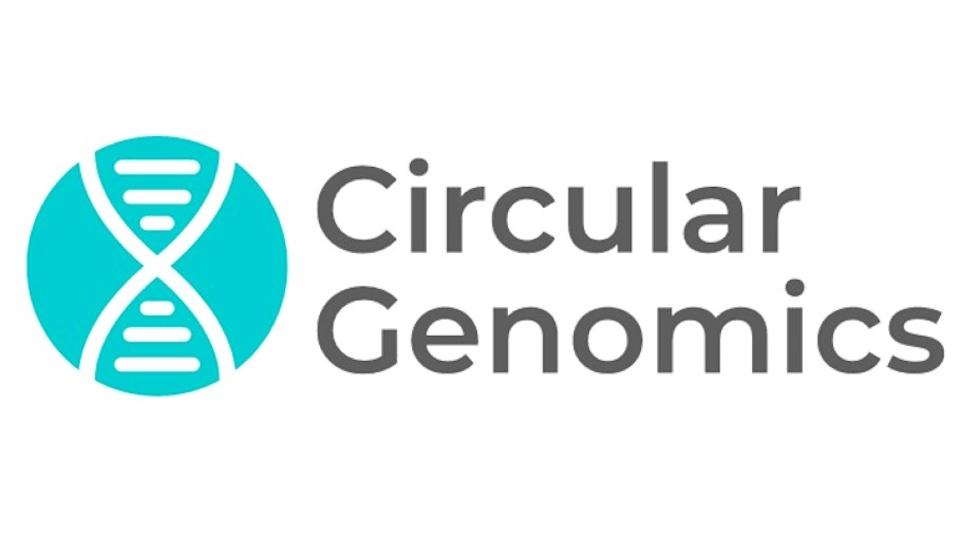Future of medical publications

Russell Traynor
Envision Technology Solutions
What will the medical publications of the future look like? Russell Traynor addresses this question by first exploring the importance of medical publications and what it is we actually need from them.
People frequently ask about the future of medical publications, what format they will take, and how they will be distributed in the era of greater transparency surrounding pharmaceutical publications. In order to try and answer these questions, a number of factors should be considered:
• Why are medical publications important?
• What do HCPs need from their medical publications?
• How do people read and assimilate information?
• How do physicians find and access clinical information?
This article focuses on the publication of clinical and pre-clinical trials relating to pharmaceutical products, however, the same elements essentially hold true for vaccines, medical devices, new surgical techniques and all other medical advances.
Why are medical publications important?
Medical publications are vital for providing health care professionals (HCPs) with the most up-to-date developments in medical research and technology. This sharing of knowledge is what has kept medicine improving throughout history. The need for transparency regarding the publication of all data relating to pharmaceutical compounds has been well documented. The key is to think about why that is important.
 ,
"...the real aim behind transparency efforts must be to fully inform physicians and other healthcare professionals of the pros and cons of a given treatment option."
 ,
Rather than view transparency as a legal or regulatory obligation, the real aim behind transparency efforts must be to fully inform physicians and other healthcare professionals of the pros and cons of a given treatment option. This will increase HCPs’ knowledge of all the available treatment options for a given condition, enabling them to better treat their patients. This objective has held true since the Lancet was launched in 1823 with the aim “to put an end to mystery and concealment in the world of medicine”.
How do physicians find information?
Full disclosure, compliance and transparency have become the bedrock on which the pharmaceutical industry operates in all areas, including publications. This full disclosure does bring some challenges for physicians wanting to inform their decision making because of the volume of data available. How are physicians to find the information they need, when they need it?
A number of surveys have examined the question of how physicians find information on treatment options, including the widely reported Google ThinkHealth survey published in 2009 and the newer Google Physician Channel Adoption Study disseminated in 2012. Nearly all (99%) physicians use the Internet to gather information, with more than 80% beginning their research using a search engine, Google being the predominant search engine used. Most physicians (>,80%) using a search engine to initiate research use search terms relating to disease conditions rather than specific treatments, although it was also shown that it is specific drug information, including safety information and side effects that they are looking for. The Google surveys also indicated that, in common with all web users, physicians are much more likely to click on links appearing in the top third of the page returned by a search engine.
 ,
"...physicians are much more likely to click on links appearing in the top third of the page returned by a search engine."
 ,
How do physicians access information?
The 2012 Google health surveys reported that more than 85% of physicians access work-related internet via mobile devices, a finding that is supported by other surveys. A major benefit of being able to access information from a mobile device, and especially a tablet, is that it enables physicians to find information at the point-of-care, thereby enhancing their treatment decisions.
Key to increasing the access of physicians is the ongoing growth of open-access publication in the scientific and medical publishing arena. All signs indicate that open-access publishing is likely to become standard in the near future, particularly since publically funded research in many countries is being mandated to be published in an open-access manner. Currently, this is often the online publication of e-versions of the paper journal, but more moving forward it is likely to be full electronic publication without traditional page layout. Currently, the majority of open-access publication is the so-called ‘Gold’ open-access publishing model where the author pays a ‘page’ cost for open access. However, research suggests that while pay-to-publish fees don’t deter authors, pay-to-view is also becoming much more widely accepted as a publishing model, paralleling how people are accessing media in their private lives.
Information overload, information versus data
It is clear that our physician wants up-to-date, complete information on all available treatment options, which can be easily retrieved and read on his or her mobile device, at the point-of-care, to assist with making fully informed decisions for the benefit of their patients. However, what has become clear in recent years is the sheer volume of material a physician would need to read to remain current on all treatment options available to them is overwhelming. Moves towards publication of all data on all products will increase this volume further.
What a physician really needs at the point-of-care is likely to be information in the truest sense of the word, which will inform their decision, and not an overload of unfocused data that they simply would not be able to digest and assimilate in the time available with their patient. It logically follows, therefore, that physicians would like to be able to access distilled information regarding a treatment, but would want to be sure that the source of information was trustworthy, and that the full data could be accessed if needed.
 ,
"...pay-to-view is also becoming much more widely accepted as a publishing model, paralleling how people are accessing media in their private lives."
 ,
How people read
The other key consideration for the future of medical publications is how people are reading material in the digital era. Research indicates a number of traits of online / on-screen reading:
• People tend to scan and skim content until they see a key word or sub heading that catches their attention. In addition, readers scan in an F shape – vertically down the left side of a screen, and horizontally across the top and middle of the screen
• Approximately 80% of people only read above the fold (i.e. the first screen full of text without scrolling), although it is likely that physicians looking for information would read on, if the material above the fold had garnered their interest and was relevant
• Online readers do not like PDF documents, preferring to read on websites themselves as this allows for more navigation, easier to go back a page etc. Whether this is also the case for people reading on a tablet is not clear.
So, where next?
To sum up, our modern physician is looking for accurate, summarised (but with details available) information from reliable sources, that they can access at the point-of-care. Clearly traditional journals do not offer all of this at present, a fact most publishers would readily acknowledge. In order to fulfil the needs of the readership for medical ‘publications’ and therefore ultimately improve patient care, medical publications and journals need to shift to a model where:
• The user experience is front and centre of interface design to allow users to quickly find and access required information on mobile-optimised platforms, this is especially critical when considering a point-of-care situation.
• Information is presented in a manner that is compelling for people to read and learn from. An ideal situation is for the traditional ‘introduction, method, results, conclusion’ model to be replaced and for medical publications to be written in a pyramidal style – similar to new articles and other well-presented internet content – where the user drills down as far into layers of detail as they need to in order to make the required decisions.
• Medical ‘publications’ will include semantic tags allowing users to quickly find related or similar content to be able to access all the relevant information on a given treatment option.
From the pharmaceutical industry perspective, as mentioned at the start all this enhanced access to information must be built on the bedrock of full disclosure and transparency, in order to maintain the trust in medical publications that a physician relies on.
The views expressed in this article are those of the author and do not necessarily reflect the official views of Envision Technology Solutions or ISMPP.
 ,
About the author:
Russell Traynor, BSc, MSc, is Business Lead, Envision Technology Solutions, responsible for working with his clients to identify and implement effective technology solutions to meet their needs.
Russell has worked in medical communications and publications since 1997, both as a medical writer, account lead and business consultant.
Russell’s recent presentations and publications include "The Implementation of Good Publications Practice" at the 4th Annual Meeting of the International Society for Medical Publications Professionals (ISMPP), “The Role of Technology in Publications Planning” at the 2008 Publication Strategy and Planning Management Forum Summer School in London, “Measuring Success in Publications Programs – Effective Use of Metrics” at the 5th Annual Meeting of ISMPP and as a subsequent ISMPP-U webcast, “Practical Approaches to Meeting Publication Deadlines in the Current Environment” at CBI's 3rd Annual Clinical Trial Registries and Results Databases, “Ensuring Effective Publication Management in a Changing Global Industry” at CBI’s 8th Annual Forum on Strategic Publication Planning, and “Access Granted”, “Quality Control” and “How to achieve clear and timely medical publication planning” published by Pharmaceutical Marketing Europe.
Russell has been serving on ISMPP’s Board of Trustee for the past 4 years, and is the Chairman of ISMPP, 2012-2013. He is an ISMPP Certified Medical Publication Professional™ (CMPP).
How can we deliver truly accurate information to the physician without overwhelming them with data?












